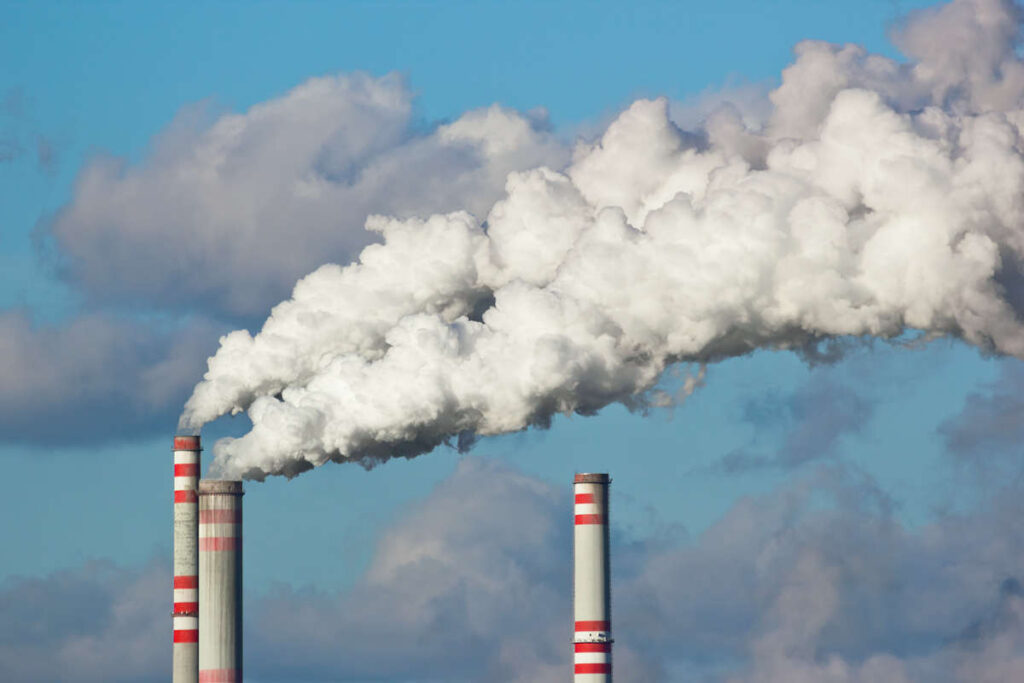Adobe Stock: #516740507
The energy crisis and inflated gas prices in Europe have laid bare an obvious contradiction in the EU’s previous energy policies and their orientation on spot trade. Not long ago, long-term gas contracts – and not only those linked to Russia – were regarded by the Europeans as a form of bondage, which would not only increase the EU’s dependence on individual suppliers, but also prevent it from achieving climate goals, while the free spot market was viewed as a natural and advantageous source of energy in a globalized world. The European Commission has trumpeted its plans to ban new contracts for the supply of unabated fossil gas, albeit only from 2049.
After Russia’s invasion of Ukraine and a strong reduction in supplies of Russian pipeline gas, Europe was thrown into an energy crisis which forced it to increase spot supplies of LNG from the United States and other countries (including Russia) at premium prices, and to sharply reduce consumption via a reduction in industrial output. Now, more than a year later, the European mindset seems to have changed entirely: European clients are now ready to make long-term agreements, as European governments have cut back on their green plans, citing economic problems and higher costs. Right-wing political parties across Europe are stressing the costs of climate policies and a return to a balanced energy mix seems to be back on the agenda.
We are now learning that European companies are holding talks with Chevron on contracts to supply LNG to Europe for up to 15 years – precisely what member states have been trying to move away from for so many years. Several weeks earlier, Shell and TotalEnergies agreed LNG supplies from Qatar for as long as 27 years. In total, Qatar will supply the EU with up to 3.5 million tonnes of LNG per year through the two contracts.
Although there are no legal restrictions at present preventing private companies from signing long-term agreements, some European officials are concerned that these deals show that major buyers see a bright future for gas, despite the bloc’s bid for renewable energy. Other commentators speak of a risk to the companies involved if the transition to clean energy proves successful.
Long-term contracts v spot
The sense of such contracts is clear: European companies want to insure themselves against price jumps and potential shortages. Long-term natural gas contracts are essential market instruments in healthy energy markets, since they provide security of gas supply for consumers and security of demand for producers. Stability and reliability of supplies are a key factor for companies that depend on constant access to gas for their activities. Such contracts allow enterprises to plan their activities for the long-term, by removing the risks of possible price fluctuations for this energy source.
However hard it is to acknowledge, market conditions are developing in precisely such a way that European energy will be at risk of overdependence on an unreliable supply if it fails to secure long-term supplies. Europe’s economic might would of course protect it from the experience of Pakistan, which was forced to entirely stop LNG supplies due to increased spot prices, but volatility in the market, which tends to migrate westwards, could cause quite a few problems for European industry.
In its Global Gas Report in October 2023, the International Gas Union (IGU) conveyed the unambiguous forecast that European countries would remain dependent on the import of significant volumes of natural gas, although some scenarios assume some reduction in this demand.
“We will need some fossil molecules in the system over the coming couple of decades. And in that context, there will be a need for American energy,” said Ditte Juul Jørgensen, Director-General for Energy in the European Commission, in an interview with the Financial Times.
US may soon reach its limits
Against the backdrop of the unprecedented crisis in Europe, the export of LNG from the United States has already attained historical significance. But will the US have enough gas to satisfy the needs of all buyers? Many experts agree that if events develop in certain ways, there are scenarios in which it won’t.
The tilt of the current US administration towards green energy could entail an exit of investors and lead to LNG plants becoming more expensive. In the run-up to the election campaign, the White House is counting on the support of green forces and is hardening its policy in relation to oil and gas companies. American companies have been actively making long-term agreements to supply gas as soon as the plants are launched. The total level of such contracted supplies for future LNG plants in the United States is near the 60 billion cubic metre per year mark. If the agreements are broken, multi-billion penalties will have to be paid to customers. This could provoke a wave of mass bankruptcies and place the work of industrial facilities that are currently operating under threat.
In addition, in November the European Commission and the European Parliament agreed new rules that hit fossil fuel imports with a methane emissions limit. They agreed to impose “maximum methane intensity values” by 2030 on foreign producers exporting fossil fuels to Europe. This will unsettle US LNG producers and send abatement costs sky-high. The large LNG projects that should become operational by this time will face the risk of licences not being renewed and projects being frozen.
Europe is greener with coal than with US LNG
The problem with the long-term contracts we are looking at is not just that they drive decades of continued fossil gas use in Europe, but also that the environmental characteristics of LNG from the US do not meet the ambition of European policy. In October 2023, Robert Warren Howarth, professor at Cornell University, published detailed research on the environmental impact of American LNG, claiming that American LNG is up to 2.7 times dirtier than coal, depending on the type of engine used by LNG tankers. He takes into account all emissions of carbon and methane – a far more potent greenhouse gas – from fracked US gas and subsequent liquefaction and transportation via LNG carriers. The result is unambiguous: American LNG has no relation to climate goals. Prof. Howarth therefore calls for a ban on new LNG infrastructure, which will become stranded assets when countries around the world adopt genuinely legally binding climate policies.
This brings to mind the resonant story of when in 2020 the French government ordered Engie to postpone a deal with America’s NextDecade on supplying LNG over 20 years for $7 billion, because of fears that the company’s gas was too “dirty” due to methane emissions. The deal was concluded in 2022, but to all appearances it was the French government that managed to achieve the use of carbon capture and storage technologies and also carbon credits to offset emissions.

Adobe Stock: #66652891
Dependence on a supplier whose gas significantly loses out not just to pipeline gas but to alternative suppliers of LNG because of its environmental characteristics represents a double risk for European companies, which could be stifled by regulatory restrictions when climate policy becomes stricter.
All in all, long-term gas contracts are a healthy market instrument and will only benefit European companies and the economy as a whole. The situation in the last couple of years has proved that the spot market cannot and should not replace long-term contractual obligations. However, the environmental implications of these contracts, particularly when sourcing LNG from the United States, raise important questions about their alignment with European climate goals. Striking a balance between energy security, economic considerations, and environmental sustainability will be crucial for Europe as it navigates its energy future.

